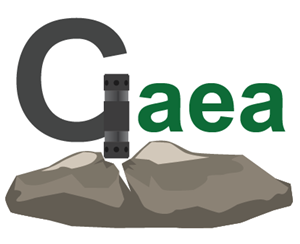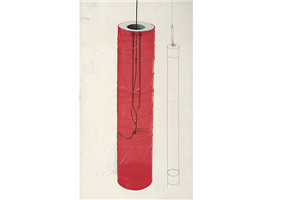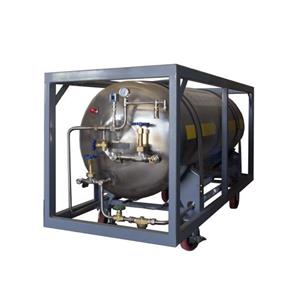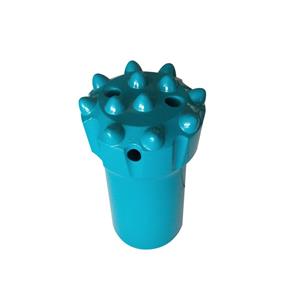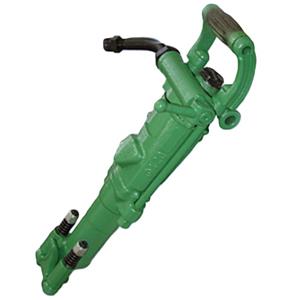Operation method of down‑the‑hole (DTH) hammers for impact‑rotary drilling
The impact‑rotary drilling method installs a down‑the‑hole (DTH) hammer between the lower end of a rotating drill string and the coring/drill assembly so that impact pulses, axial bit load and drill‑string torque act on the bit simultaneously, enabling both drilling and core recovery. This method originated in Europe in the early 19th century. China began research in 1958 and development accelerated in the 1970s. Its main advantages are substantially increased drilling rates in hard rock, longer advance per run, reduced hole deflection, and significantly lower drilling costs. Impact‑rotary drilling is realized by two types of hammers: fluid‑driven hammers powered by the drilling fluid (mud‑powered or hydraulic DTH) and air‑driven hammers powered by compressed air (pneumatic DTH). The following focuses on the mud‑powered (hydraulic) impact‑rotary method.
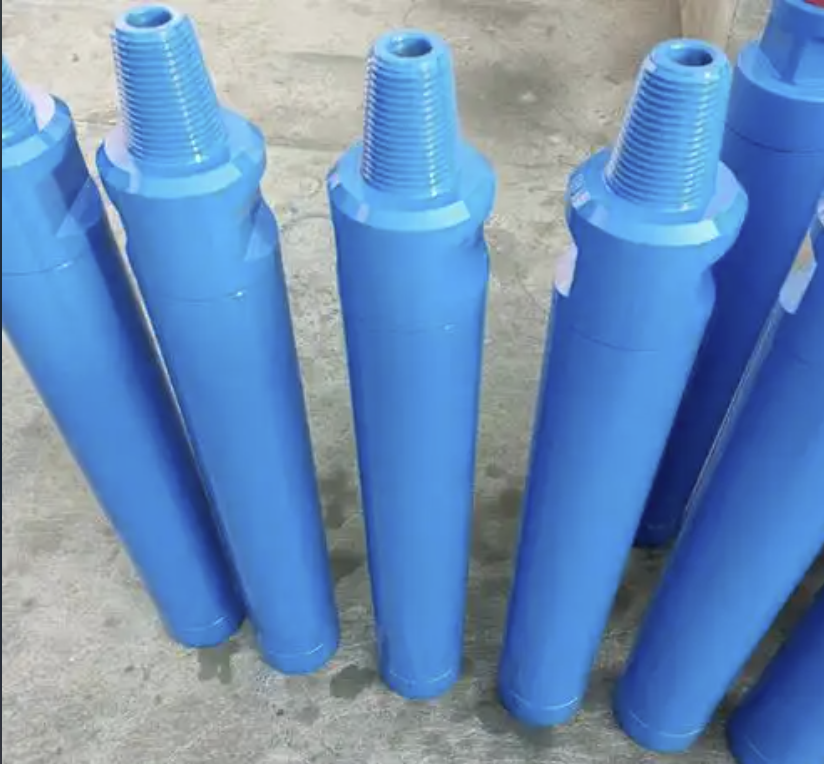
Mud‑powered impact‑rotary drilling system In a mud‑powered system, a mud pump sends drilling fluid through the drill string into the hammer, driving a hydraulic hammer that delivers impacts to the inner core tube and bit; the drill string is rotated and weighted by the rig to provide torque and axial load. This method can be combined with wireline coring tools, in which case it is called wireline mud‑powered DTH rotary coring. Before drilling begins, the mud‑powered hammer and inner core tube (suspended by the wireline retrieval head) are lowered into the core barrel from the surface; drilling fluid is then pumped into the drill string to drive the hammer for drilling and coring. At the end of the run a fine steel cable and a retrieval tool, operated by a dedicated winch, are used to pull the hammer and inner core tube back to the surface.
Types of mud‑powered hammers and bit selection Mud‑powered (hydraulic) hammers are the principal tools for impact‑rotary drilling. By working principle they are classified into three types: forward‑acting, double‑acting and reverse‑acting. By impact frequency they fall into two categories: high‑frequency hammers (above 40 Hz), which may be used with diamond bits and rely mainly on rotation with impact as an auxiliary breakage mechanism (often called mud‑powered rotary‑impact drilling); and low‑frequency hammers (below 40 Hz), typically paired with hard‑alloy or carbide bits, which rely primarily on impact with rotation as an auxiliary action (commonly referred to as mud‑powered impact‑rotary drilling).
